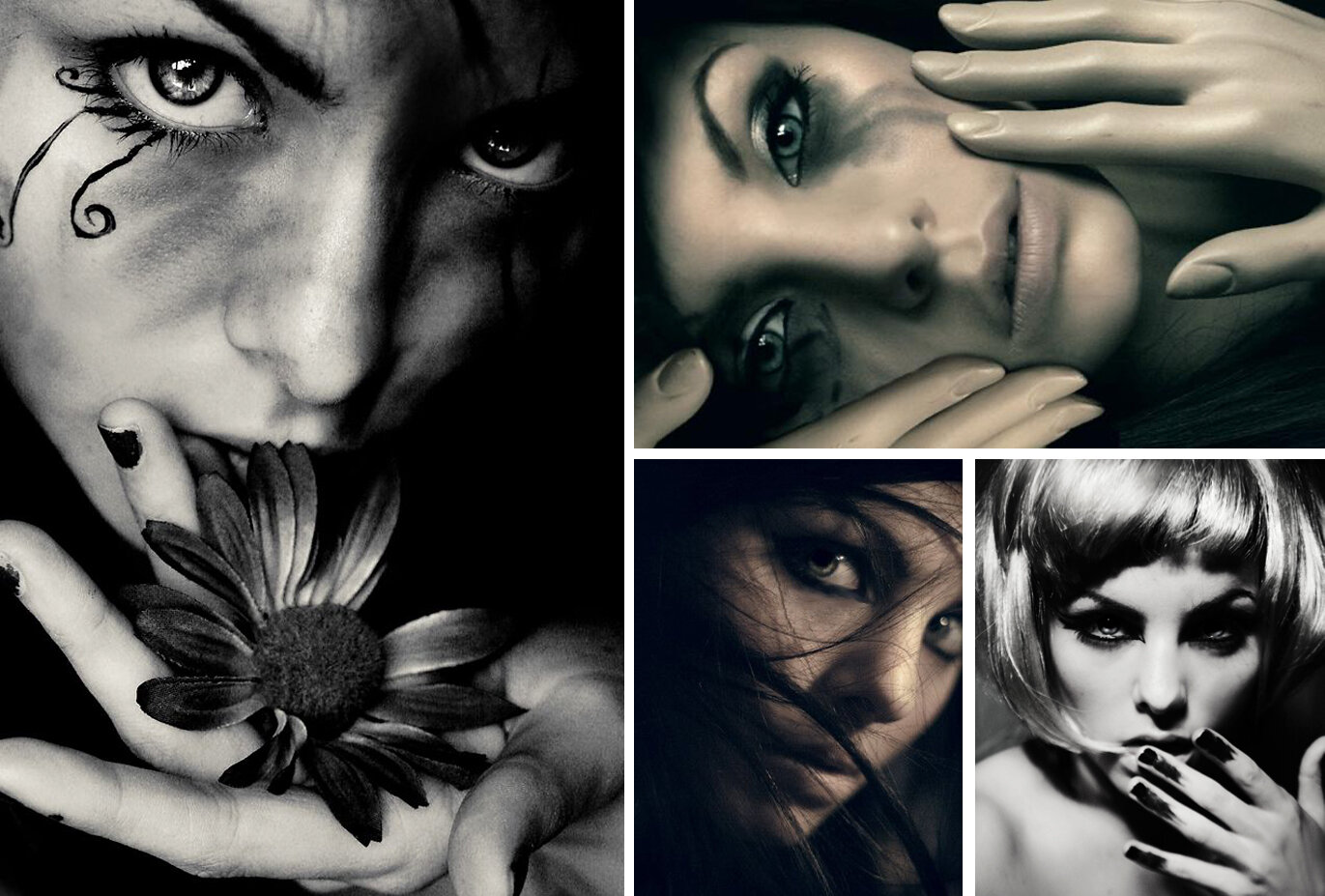Pulse of Information
Your source for the latest insights and updates.
Behind the Lens: Secrets Every Portrait Photographer Should Know
Unlock the secrets to stunning portrait photography! Discover tips and tricks that will elevate your skills and wow your clients.
Essential Tips for Capturing Emotion in Portrait Photography
Capturing emotion in portrait photography is a vital skill that can elevate your images from simple snapshots to compelling visual stories. To begin, it's crucial to establish a strong rapport with your subject. This can be achieved by engaging in meaningful conversation before the shoot, allowing them to relax and express themselves authentically. Additionally, consider choosing the right environment and lighting that complements the mood you're aiming to portray. A well-thought-out setting can greatly enhance the emotional depth of your portraits.
Another key tip for capturing emotion is to pay attention to body language and facial expressions. Be alert to subtle cues such as a fleeting smile or a contemplative gaze, which can convey rich narratives. Using techniques like close-ups can also draw the viewer's attention directly to these expressions, creating a more intimate connection. Remember, patience is essential; wait for those genuine moments to unfold. Creating an atmosphere where your subject feels comfortable often results in the most powerful and evocative portraits, filled with true emotion.

Lighting Techniques That Will Transform Your Portraits
When it comes to portrait photography, lighting techniques play a crucial role in defining the mood and enhancing the subject's features. One effective method is rembrandt lighting, where a small triangle of light is created on the shadowed side of the face. This technique not only adds depth but also highlights the contours of the face, making it a favorite among portrait photographers. Another popular approach is backlighting, where the light source is positioned behind the subject. This can create a stunning halo effect, giving the portrait a dreamlike quality that draws the viewer's eye.
In addition to these classic techniques, consider using softbox lighting for a more diffused, natural look. Softboxes help to create an even light distribution, reducing harsh shadows that can distract from the subject's features. Furthermore, experimenting with natural light can yield beautiful results, especially during the golden hour – just after sunrise or before sunset. Using a reflector can also enhance natural light, bouncing it onto your subject and adding a gentle glow. By mastering these lighting techniques, you can truly transform your portraits and elevate your photography to new heights.
What Makes a Great Portrait? Understanding Composition and Connection
Creating a great portrait goes beyond just pointing a camera at a subject; it requires a deep understanding of composition and the ability to establish a genuine connection with the subject. Composition refers to the arrangement of elements within the frame, which can dramatically affect the portrait's impact. Key compositional techniques include the rule of thirds, leading lines, and framing. When these elements are skillfully employed, they guide the viewer's eye and evoke emotion, making the portrait not just a mere representation, but a storytelling tool.
Equally important is the connection between the photographer and the subject. A portrait that captures a candid moment often resonates more than a posed shot. To create this connection, it’s crucial to engage with the subject in a meaningful way, making them feel comfortable and valued. Techniques such as asking open-ended questions, actively listening, and allowing for spontaneous interactions can help reveal the subject's true essence. When a great portrait successfully blends composition with a strong connection, it transcends ordinary photography and becomes an intimate glimpse into the soul of the subject.